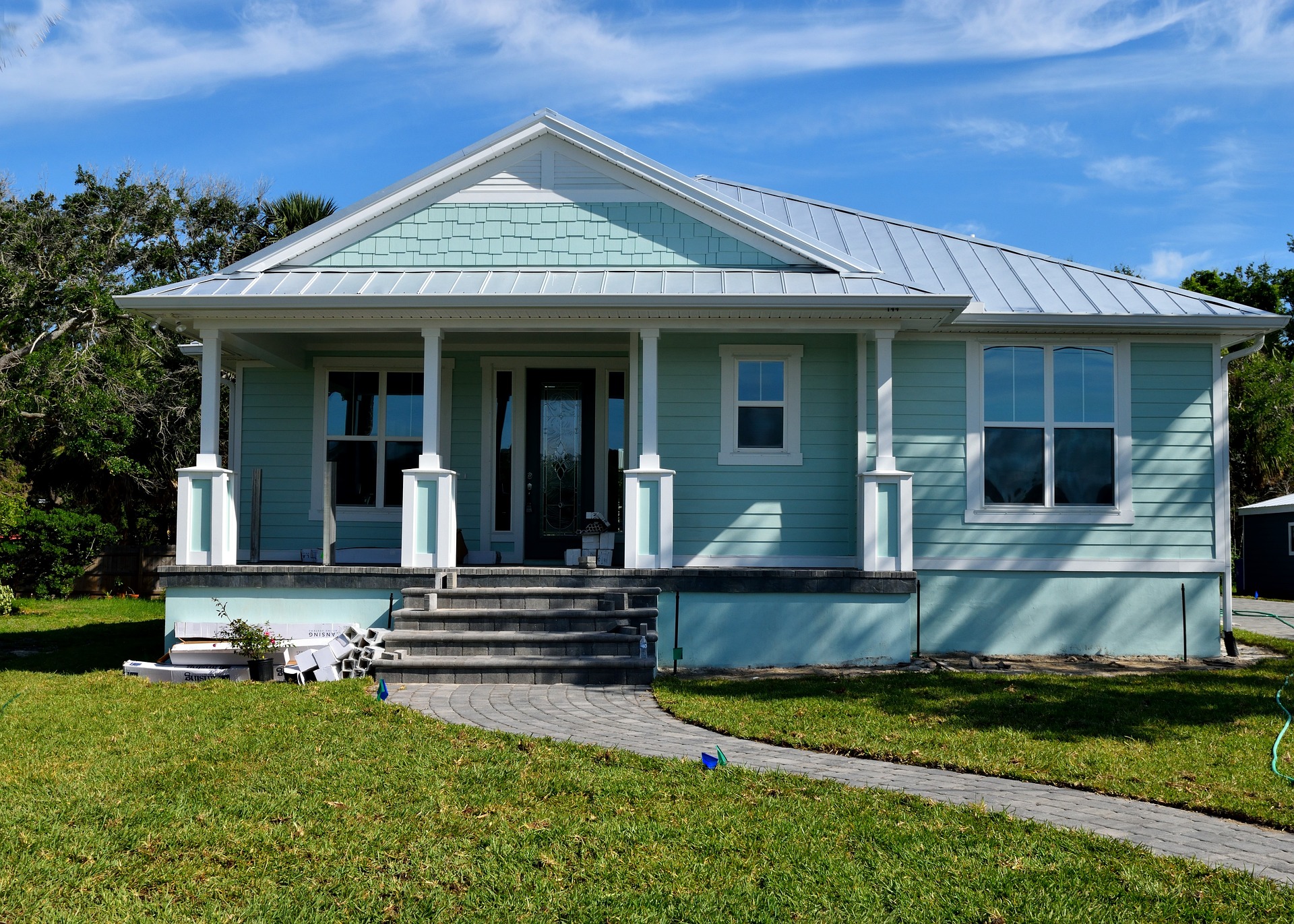What is a reverse mortgage
A reverse mortgage loan, like a traditional mortgage, allows homeowners to borrow money using their home as security for the loan. Also like a traditional mortgage, when you take out a reverse mortgage loan, the title to your home remains in your name.

Understanding the Basics and Benefits of Reverse Mortgages in Australia
Dive into the world of reverse mortgages, a financial tool beneficial for many Australians. Read below to understand its workings, benefits, and the age requirement for reverse mortgages.
What is a Reverse Mortgage?
A reverse mortgage is a type of loan that allows homeowners to convert a portion of their home equity into cash. This financial tool is primarily designed for senior homeowners who have considerable home equity. The unique aspect of a reverse mortgage is the borrower isn’t required to make monthly payments towards the loan balance. Instead, the loan is repaid when the borrower sells the home, moves out permanently, or dies.
Age Requirement for Reverse Mortgages
In Australia, the typical age requirement for reverse mortgages is 60 years. However, some lenders may have a minimum age requirement of 65 years. This age requirement is designed to ensure that reverse mortgages are used by retirees who have amassed significant home equity over their lives, and need a means of supplementing their income during retirement.
How Reverse Mortgages Work
The loan amount in a reverse mortgage is determined by several factors, including the borrower’s age, home value, and the current interest rates. Younger borrowers typically qualify for smaller loan amounts because it’s anticipated that they’ll live longer, and, therefore, the loan’s interest has more time to accumulate. Once the loan is issued, the borrower can receive the loan proceeds as a lump sum, monthly payments, a line of credit, or a combination of these options.
Reverse Mortgage Benefits
One of the main benefits of a reverse mortgage is that it provides a steady income stream for retirees. Furthermore, the loan proceeds can be used for any purpose — home improvements, medical expenses, travel, or even to pay off existing debts. Importantly, the borrower can continue living in the home while having access to the loan proceeds.
Useful Facts and Tips
- Reverse mortgages should not be taken lightly. They can be complex and may not be suitable for everyone. It’s crucial to seek independent financial and legal advice before considering this option.
- There are costs involved with reverse mortgages, such as application fees, legal fees, and interest charges. Make sure to consider these when assessing the suitability of a reverse mortgage.
- You can’t lose your home under a reverse mortgage agreement. The homeowner maintains the title and control of their home.
- The “No Negative Equity Guarantee” in Australia ensures that borrowers will never owe more than the value of their property.
In Conclusion
Reverse mortgages can be a valuable financial tool for retirees in Australia, offering a way to supplement income while retaining home ownership. As with any financial decision, it’s essential to fully understand the workings, benefits, and potential risks of reverse mortgages. It’s equally important to meet the age requirement for reverse mortgages and consider all fees and interest charges. With the right advice and understanding, a reverse mortgage can serve as a beneficial financial tool for many Australian retirees.




